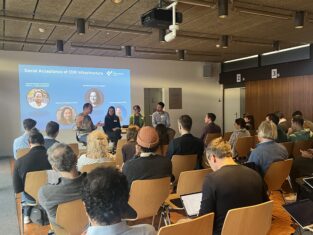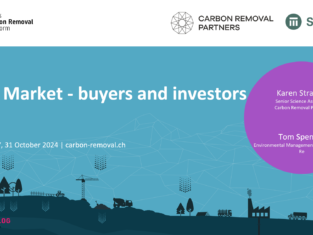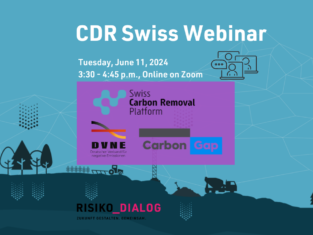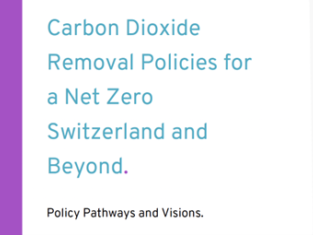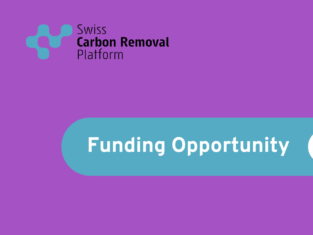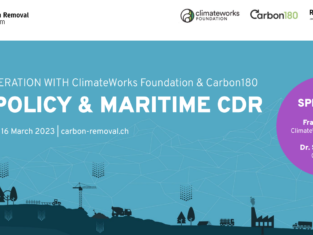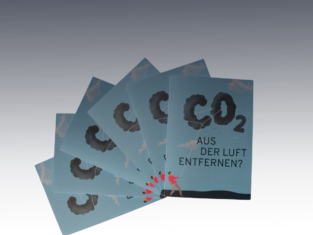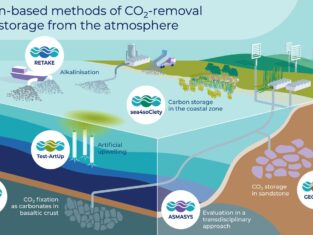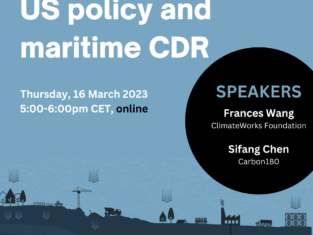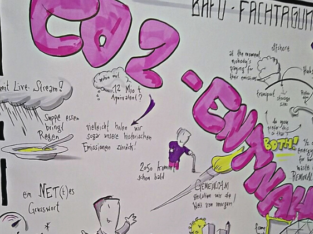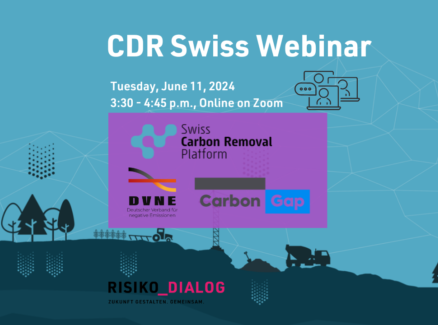
On Tuesday, June 11, 2024, we concluded an insightful CDR Swiss webinar on a policy comparison between the EU vs. US, and an input on the German CDR landscape. We then discussed in break-out groups, amongst others, the implications for Switzerland. We were delighted to have Alexis Dunand from Carbon Gap and Nicole Herold from the German Association for Negative Emissions (DVNE) share their expertise. As Switzerland is not isolated in the context of CDR and broader environmental policies, the webinar aimed at broadening the perspectives on CDR policies outside of the country. CDR Swiss members and other participants received comprehensive insights into the EU, US, and German policy approaches to CDR, allowing them to understand how these international strategies could inform and influence Switzerland’s own policies.
In the first part of the webinar Alexis Dunand, Senior Policy Analyst at Carbon Gap, provided a comparative analysis of CDR policies in the US and EU. Carbon Gap compared the EU and US across six key areas: government procurement, certification/MRV, transport and storage infrastructure, compliance regimes, research and innovation funding, and deployment incentives. The comparison identified gaps and best practices in the EU and the US to draw lessons and conclusions. In innovation funding for instance, both the US and EU focus on novel CDR pathways like BECCS, biochar, and DACCS, with small-scale programs and a willingness to explore diversified approaches. The US has a federal CDR procurement pilot (CDR Purchase Pilot Prize), while only Switzerland in Europe through its Climate Cent Foundation has a similar program, with other European countries focusing on incentive schemes. After the EU-US comparison Alexis briefly highlighted Switzerland in Carbon Gap’s Policy Tracker. This tool provides comprehensive policy intelligence at a region and country level and helps navigate a rapidly changing EU policy landscape.
In the second part of the webinar, Nicole Herold, Policy Manager at DVNE (Deutscher Verband für Negative Emissionen), offered an in-depth analysis ofGermany's comprehensive approach to supporting CDR, including its policy framework and infrastructure aimed at achieving net-zero emissions by 2045. Besides multiple EU policies and strategies regarding the CDR market, such as for example the Carbon Removal Certification Framework (CRCF), Nicole pointed out German policies in CDR development. For example, Germany’s long-term strategy on negative emissions that aims to create a common understanding of the role of negative emissions within German climate change mitigation action. The strategy involves setting specific removal targets for technical sinks for the years 2035, 2040, and 2045, to be incorporated into the German Climate Change Law. The expected impact is significant, as it comprehensively addresses the inclusion of carbon dioxide removal in Germany’s mitigation efforts.
The CDR Swiss webinar was designed to provide a comparative perspective on CDR policies. By understanding how the US, Europe, and Germany are approaching CDR, stakeholders in Switzerland can learn from other countries’ regulation in this realm. We are grateful to all participants for their engagement and to our distinguished speakers for their contributions. Thank you for joining us, and we look forward to seeing you at our next webinar in autumn!
Download the presentation slides on the EU vs. US comparison from Carbon Gap and the German Policy landscape from DVNE.
Blog


